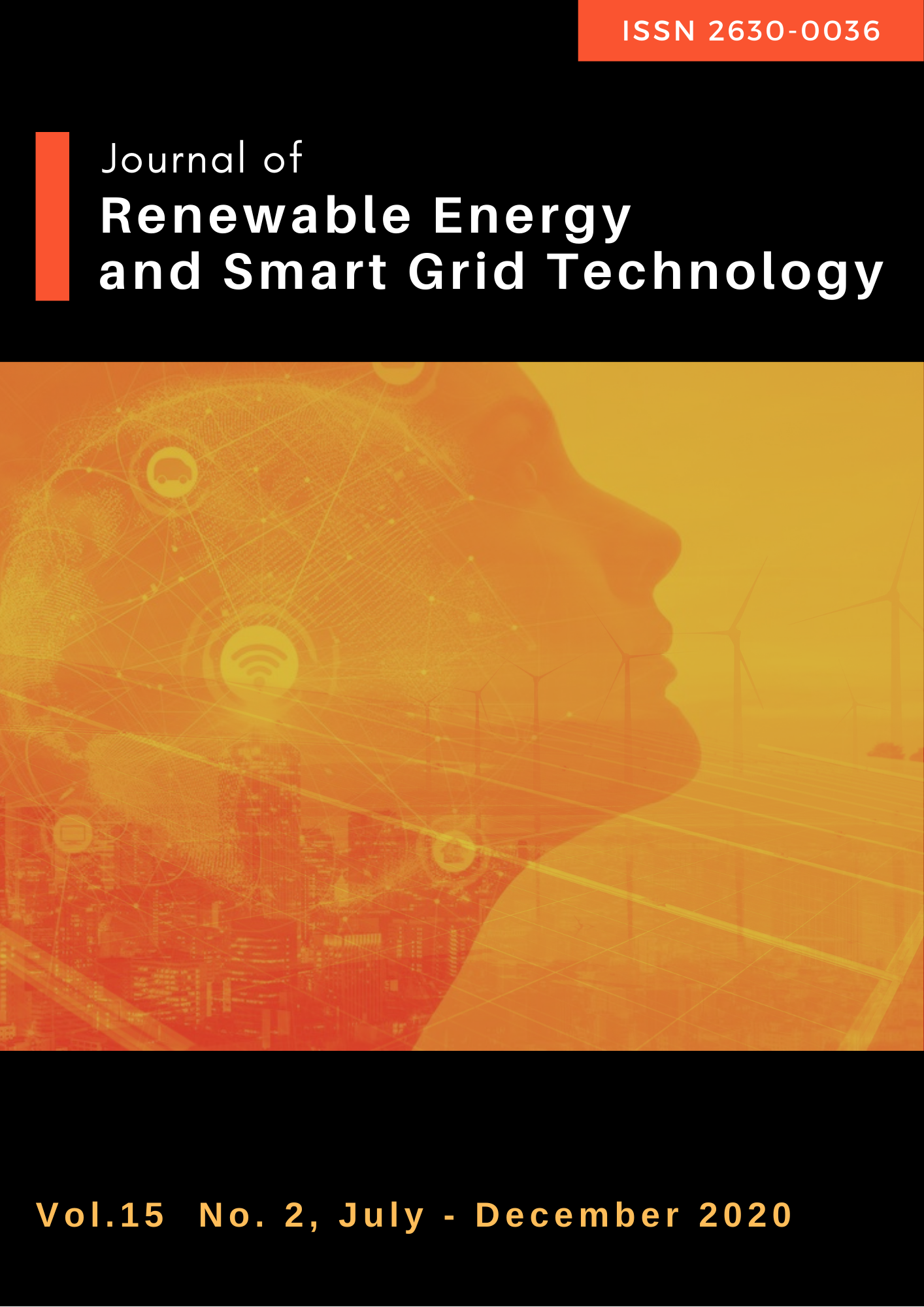Human Behavior Recognition in a Smart Home by Artificial Neural Networks
Keywords:
Recognition, Intelligent Home Systems, Artificial Neural Networks, Smart HomeAbstract
This research aimed to find a model for predicting human behaviors using electronic monitoring system. The experiment study used WEKA, a well-established data mining model applied to real-world problem solving. The study focused on the network configuration of ANN. The results showed that a 2-layered neural network gives the best learning outcomes. However, the learning outcome was not good enough, but study still showed that neural network techniques can be used to help recognize and predict behaviors, and can be used to predict information from other intelligent systems, such as smart home systems.
References
Almeida, A. & Azkune, G. (2018). Predicting human behaviour with recurrent neural networks. Applied Sciences, 8, 1-13.
Phan, N., Dou, D., Piniewski, B., & Kil, D. (2016). A deep learning approach for human behavior prediction with explanations in health social networks: social restricted Boltzmann machine (SRBM+). Social Network Analysis and Mining, 6, 1-14.
Yan, N., & Au, O. T. S. (2019). Online learning behavior analysis based on machine learning. Asian Association of Open Universities Journal, 14(2), 97-106.
Bruno, B., Mastrogiovanni, F., Sgorbissa, A., Vernazza, A., & Zaccaria, R. (2013, May 6-10). Analysis of human behavior recognition algorithms based on acceleration data. 2013 IEEE International Conference on Robotics and Automation, Karlsruhe.
Mayer, A., & Biscaglia, S. (1989, October 15-18). Modelling and analysis of lead acid battery operation. Eleventh International Telecommunications Energy Conference, Florence.
Razzak, M. I., Naz, S., & Zaib, A. (2017). Deep learning for medical image processing: Overview, challenges and future. In Dey, N., Ashour, A., & Borra, S. (eds), Classification in BioApps: Lecture Notes in Computational Vision and Biomechanics. Cham, Springer.
Belghith, A. & Obaidat, M. S. (2016). Wireless sensor networks applications to smart homes and cities. In Obaidat, M. S., & Nicopolitidis, P. (eds), Smart Cities and Homes. Massachusetts, Morgan Kaufmann.
Li, M., Gu, W., Chen, W., He, Y., Wu, Y., & Zhang, Y. (2018). Smart home: Architecture, technologies and systems. Procedia Computer Science, 131, 393-400.
Skocir, P., Krivic, P., Tomeljak, M., Kusek, M., & Jezic, G. (2016). Activity detection in smart home environment. Procedia Computer Science, 96, 672-681.
Jomprapan, R. (2012). Missing imputation in multiple linear regression analysis (master’s thesis). Bangkok, National Institute of Development Administration.
Downloads
Published
How to Cite
Issue
Section
License
All copyrights of the above manuscript, including rights to publish in any media, are transferred to the SGtech.
The authors retain the following rights;
1. All proprietary rights other than copyright.
2. Re-use of all or part of the above manuscript in their work.
3. Reproduction of the above manuscript for author’s personal use or for company/institution use provided that
(a) prior permission of SGtech is obtained,
(b) the source and SGtech copyright notice are indicated, and
(c) the copies are not offered for sale.









